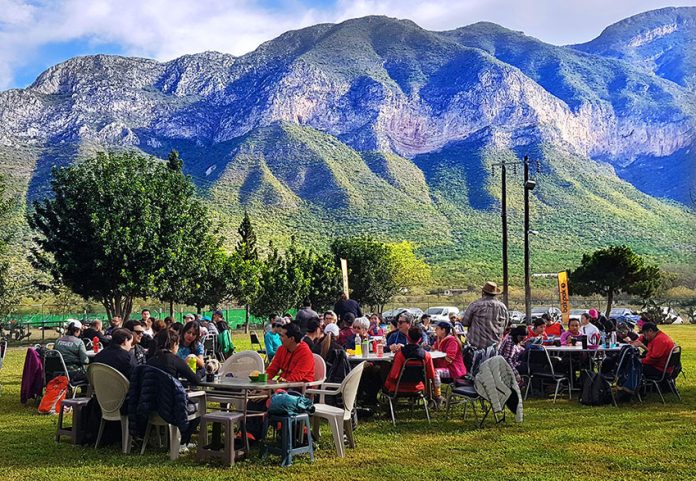I only discovered Mexico’s Bakpak magazine (only in Spanish) a few years ago when I was asked to contribute something to its pages on the subject of “Great Outdoor Sites near Guadalajara.”
Well, once I had described a few of the natural wonders in what I called western Mexico’s Magic Circle,” it wasn’t long before the founder and publisher of Bakpak, Alejandro González, popped up in Guadalajara to have a look for himself.
By then, I was not only reading his free, bimonthly magazine but distributing copies to all my friends who love the outdoors.
In these days when newspapers, magazines and books are going digital faster than a speeding neutrino, I was pleased, but surprised, that a specialty publication like Bakpak was still being printed on paper — or was still around at all.
When I brought up the subject to Alex González, he laughed. “My friends said the very same thing about the first issue I printed back in November of 2005. ‘It’s very nice,’ they commented, ‘but it’s going to end up being your first and last issue.’
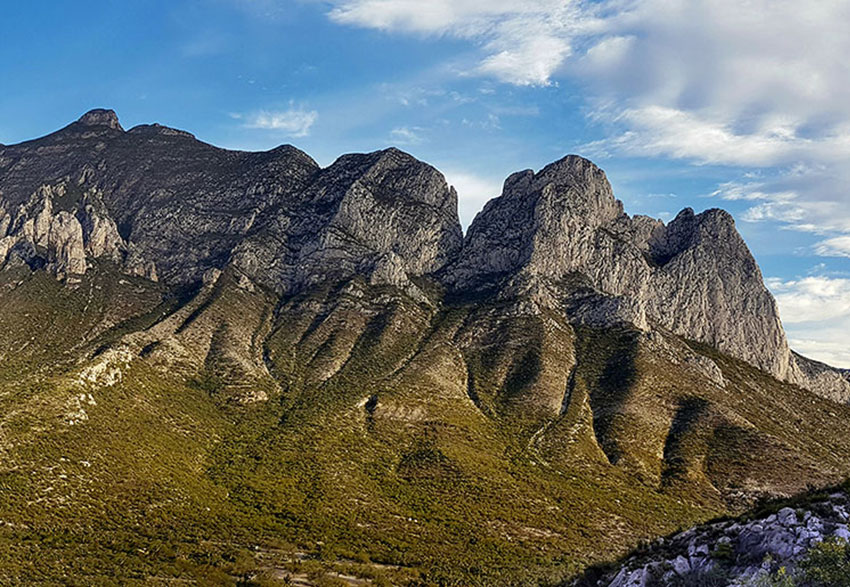
“Well, they said that about the first issue and the second and the third — and after that they stopped saying it. Right now we just put out our 79th edition of Bakpak and the print run was 10,000 copies.”
What makes the magazine so popular is something I discovered last week when I visited their office in Monterrey.
Graphic designer Omar Rodríguez took me into a room whose walls were covered with all 79 issues of the magazine.
“You won’t believe this, but every one of these has something a little different as far as graphic design goes. This issue, for example, has a folded cutout which pops up when you open the pages. And here’s a Bakpak devoted to the visually impaired; its entire contents are available as an audio file. And just take a look at our very latest issue: the cover glows in the dark!”
It came as no surprise that the back issues of this magazine are considered collector’s items. “People are calling up all the time,” said Rodríguez, “saying ‘Please help me, I need issues 27 and 49 for my collection.’”
In addition to publishing a magazine, the Bakpak team organizes hikes, campouts and training courses. “We’re inaugurating a new year of activities tomorrow,” Alejandro González told me, “and we want you to join us.”
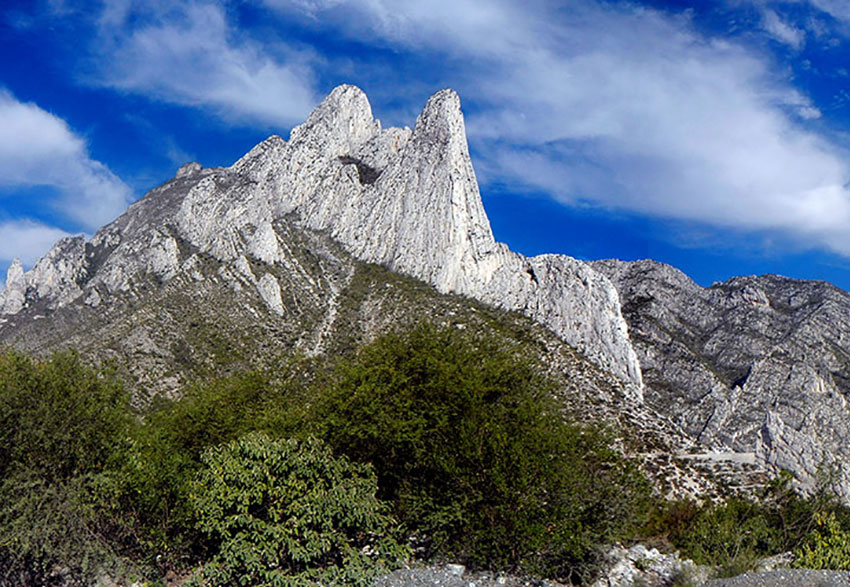
Every year in January, Bakpak holds a breakfast and orientation in Parque Ecológico la Huasteca, a mountainous area that starts at the southwest end of the city. This is actually the beginning of the Sierra Madre Oriental, which extends south for 1,000 kilometers.
Just outside Monterrey, these limestone mountains are long, thin and high, running in parallel lines like giant knife blades — a sight that boggles the mind.
However, none of this could I see or appreciate the following morning as we drove into La Huasteca in total darkness.
“I always organize the first excursion of the year as early as I can,” Alex told me. “If they’re willing to get up at 5:00am and actually do it, I know they’ll be hooked, and I know they’re going to fall in love with the outdoors.”
To my great surprise, the number of people who got up at five to stamp their feet in the dark on that cold Sunday morning came to 133.
Now, I know that Alex had promised all of them a delicious breakfast of chilaquiles made with a recipe handed down from his mother but they would only get that breakfast after several hours of hiking. What was it that had hooked over a hundred people who could have stayed in their warm beds that chilly Sunday morning?
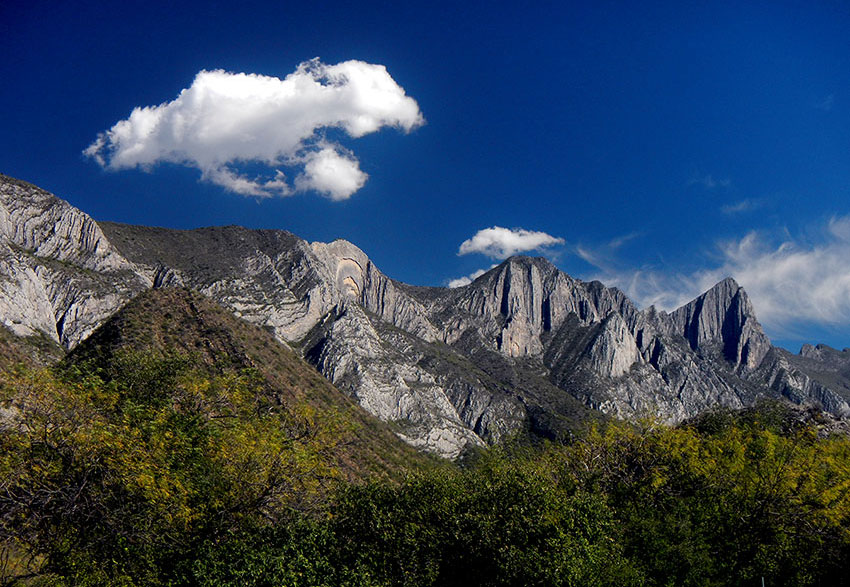
Just as the sun was peeking through the silhouettes of distant peaks, we began our hike through what looked like a flat riverbed bordered by matorral, desert scrubland.
“This is indeed a riverbed,” my fellow hikers told me, “created by the Santa Catarina River. Right now you can’t see much water, but in heavy rains this can become a raging torrent. To prevent flooding they constructed a holding dam upstream, 19 kilometers from here. It’s called La Presa Rompepicos, the Peak Buster.”
By now we were out of the river bed and reaching a level where the majestic beauty of those peaks could be appreciated. It was hard to believe that you could find such silence and solitude only 20 minutes from the hustle and bustle of Monterrey, and boasting almost 300 routes equipped with bolts for carabiners, it attracts mountain climbers from near and far.
I looked at the people around me. They were all city folk, “townies,” and here they were hiking through the mountains. To me it looked like they were really enjoying themselves.
I turned to a married couple next to me.
“Are you having a good time?”
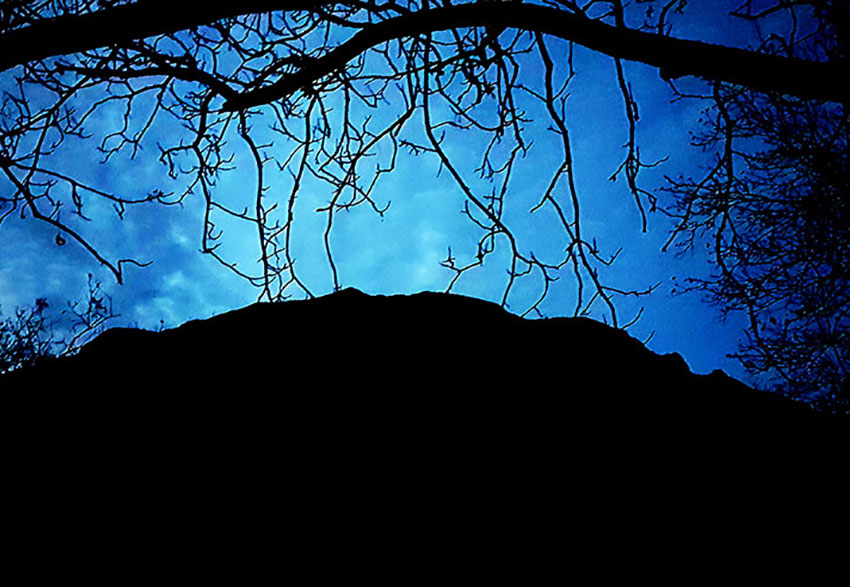
“¡Sí que sí!” they replied with enthusiasm. “We’ve been going on these excursions for three years. To tell you the truth, the first hikes seemed tough and we’d go back home utterly worn out … but now we’re used to it and we love it!”
The city of Monterrey is situated right next to these extraordinarily beautiful mountains but people who grow up in a city tend to spend their entire lives within its limits unless they’re introduced to the wilderness in a way that doesn’t turn them off, or worse, scare them half to death.
One day, my 6-year-old grandnephew Paolo was visiting us. He was playing on the floor in front of the screen door when a squirrel hopped up and peeked through the screen.
“¡Asesino!” screamed Paolo at the top of his voice. I thought it was a joke until I saw how he was trembling after wildly running to the other end of the room. It took a long time to calm him down. We finally discovered that cartoons featuring “killer squirrels” were responsible and, as we had learned on other occasions, the cartoon and toy world of superheroes, transformers and zombies was far more real to little Paolo than anything else in life.
Perhaps even worse and far more pervasive is the introduction to nature all too often provided by well-meaning parents:
“An earwig! Omigod! Kill it!”
[soliloquy id="100497"]
“A snake! Run for your life!”
Fortunately, there are clubes de excursionismo here in Mexico which present hiking and camping in a positive light, though all too often their leaders may be endowed with far more enthusiasm than knowledge about minimizing the likelihood of accidents out in the bush.
The most extreme example I can think of in Mexico is the fate of “Los 11 del Iztaccíhuatl” in 1968 when a surprise snowstorm caught the young members of a hiking club unawares on Mexico’s third highest mountain and 11 of them froze to death.
Clearly, whoever leads ordinary people out into the middle of nowhere needs to be highly experienced and well equipped.
Back in the office of Bakpak magazine I told Alex González, “You are doing a service of immeasurable benefit to these people. You are causing the city dweller to fall in love with nature. You are easing him or her into a new relationship with nature and you are doing it in a safe way. Is all this by chance or is there a Philosophy of the Bakpak Experience?”
“Well, as you know we are properly licensed for tourism, we use the very best equipment and our staff members are trained in first aid. But above and beyond all that we do have a philosophy. There are many ways to introduce people to nature and all kinds of ecologists are doing it. In my opinion we need to introduce people to nature, to its value, in the same way intelligent and sensitive parents introduce young people to sex. It’s something you are going to run into in life and it could represent a good experience or a bad one.”
“You know,” Alex continued, “there are many things in life we take for granted: a sky of blue, a meadow, a tree. But the very fact that we can see these things at all is magic, the very fact that we can walk on two legs without falling flat on our faces is magic. If we demonstrate the value of nature, if we teach it well, in such a way that people have fun and enjoy the experience, it generates a link between them and nature and this link will be of inestimable value in absolutely everything they will ever do.”
The writer has lived near Guadalajara, Jalisco, for more than 30 years and is the author of A Guide to West Mexico’s Guachimontones and Surrounding Area and co-author of Outdoors in Western Mexico. More of his writing can be found on his website.
